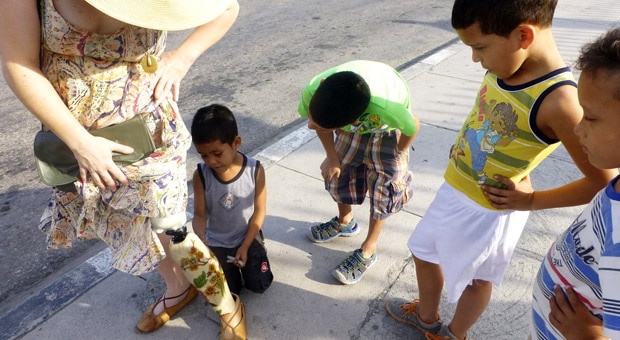
Above: Christa in Havana, Cuba.
I only have one leg. My left leg is amputated above the knee and this is obvious at a glance — the prosthetic leg I wear is covered in flowers, and I almost always wear clothes that show not only its colours but its mechanics.
“What happened to her leg?” is something I hear kids say on the daily. They tug at their parents and point, and I totally understand that they can’t help but stare. It looks pretty different. But I hope you’d encourage your little ones to ask questions. Here are my tips on how to have those sorts conversations:
'That’s how she walks.'
“That’s how she walks, and look at the flowers, isn’t that beautiful?” Is one of my favourite replies that I’ve overheard.
It’s true, I use a prosthetic leg to walk. It works a lot like a regular leg and is my favourite mobility device, but I have also used crutches and wheelchairs (your kids have maybe seen those before, if not fake limbs). Seeing my prosthetic leg is a good chance to talk about the different types of ways people get assistance, like canes, braces, glasses and hearing aids.
Christa Couture on growing up with a disability: I Was A Disabled Kid — Here’s What I Want You To Know
All bodies are different
“But why?” is a frequent followup from a lot of kids no matter how their parents first answer. There are generally only three possibilities here you can explain: some people are born with limb difference (just like different hair or eye colour), some people have been in an accident and some people had to have surgery due to illness (like cancer or diabetes).
I’m in the third camp. I had bone cancer as a kid, and ever since Terry Fox started being talked about in schools more regularly, this explanation has become a lot easier to make. Now, many kids have a reference point not just for amputation, but for cancer as well.
No, it’s not polite to stare, but it is definitely OK to be curious.
When kids ask me directly, “but why do you have that?” when “I use this to walk” hasn’t satisfied their curiosity, I try to follow the caregiver’s lead, and I make a guess on what might make sense for the kid’s age.
For instance, if a kid is maybe four or five I might say: “A long time ago, I was really sick and my leg wasn’t working. The only way I could get better was for doctors to take away my old leg, and I got this one instead,” at which point I describe the pretty flowers or point to the flashing green battery light at the back (instant cool points). Kids can realize all bodies are different, it just takes a bit more explanation sometimes.
More resources for you and your kids: 5 Meaningful Ways To Teach Your Child About Disabilities
'Let’s ask.'
Not everyone with a disability is going to appreciate this, so use your intuition and observation on whether approaching someone about theirs is an OK thing to do. Me, I don’t mind! Especially with kids.
“Would you like to ask her about her leg?” you can offer. Or you can take the first step with me, “Is it OK if my child asks you about your leg?” At this point, I’m usually smiling and making eye contact and I’ll add: “Did you notice my leg? It’s different, I know.” And I tap my fingers on the hard shell (really banging it like a drum impresses a certain age group!).
If we lead without discomfort, without embarrassment, then kids will follow suit. I’m happy to talk about how it works, and the most frequently asked questions are usually if it can get wet, do I sleep with it and do I wear socks and shoes? (No, no, yes.)
See Christa's flower-covered leg: I Couldn’t Find Any Disability Maternity Photos, So I Made My Own
'I don’t know' is OK
I’ve heard many parents reply “I don’t know,” to “why is her leg like that? What happened to her?” And that is a good answer! Following it with any of the above possibilities are a great next step.
Ultimately, talking to children about my difference is one part of raising their awareness about disability. There are a growing number of books out there that have characters with disability that can do that, too. I've also seen various dolls with disabilities becoming available. These are great for raising awareness of disability, and are wonderful for kids with disabilities themselves. Because to see yourself reflected in stories and toys is to be visible and acknowledged.
Learning about and normalizing differences is important, but so is acknowledging barriers. Once, a kid asked to try my crutches — I let them and watched as they wobbled a few steps. “That’s really hard!” they said. “It is!” I replied, and watched as they looked around, seeing bumpy grass and stairs in a new light.
Above all: please do have these conversations with kids. No, it’s not polite to stare, but it is definitely OK to be curious. And yes: it’s totally awesome that I’m part robot.
Most Popular
-
 Ages:
Ages:
allLearning
I’m a Divorced Mom and I Think I’ve Found The Best Way To Find A New Man
-
 Ages:
Ages:
allStories
Why I Don’t Feel Guilty for Taking Me Time (And You Shouldn’t Either)
-
 Ages:
Ages:
allStories
Why I Started Telling My Kids Their Adoption Story Before They Could Even Speak
-
 Ages:
Ages:
allLunches
5 Days Of School Lunches
-
 Ages:
Ages:
allLearning
We’re A One-Income Family And We’ve Finally Figured It Out — Here’s How










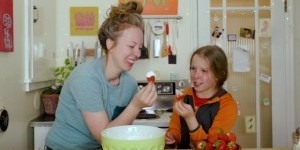
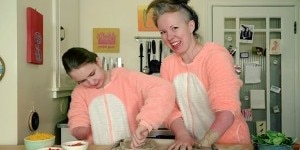





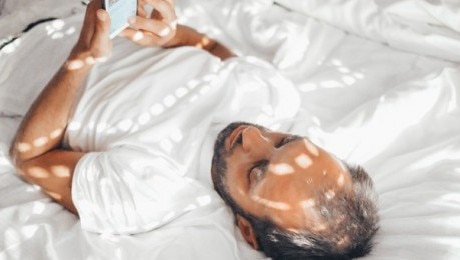








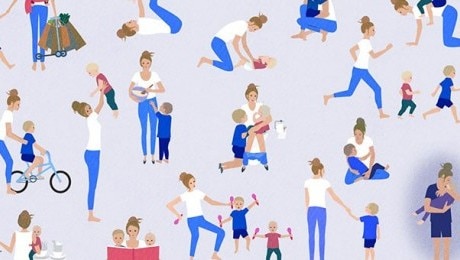



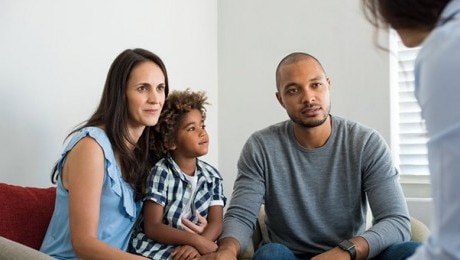
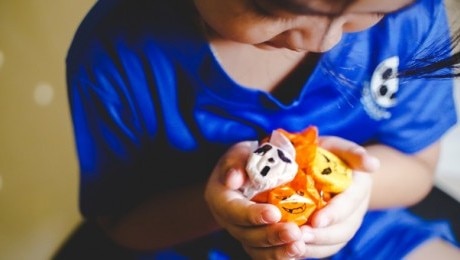
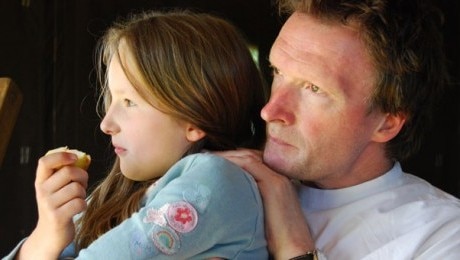

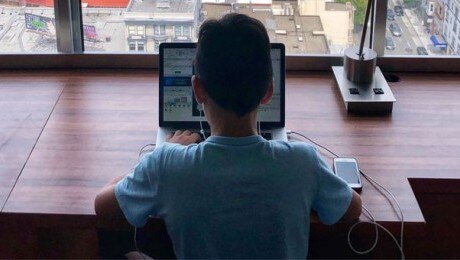
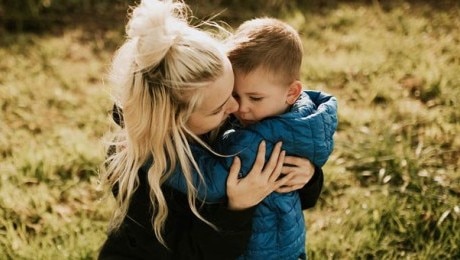



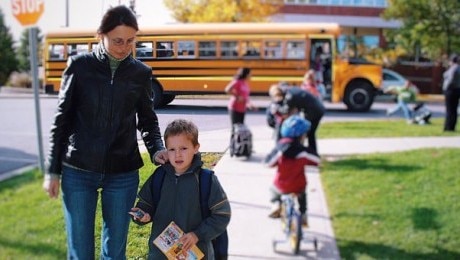
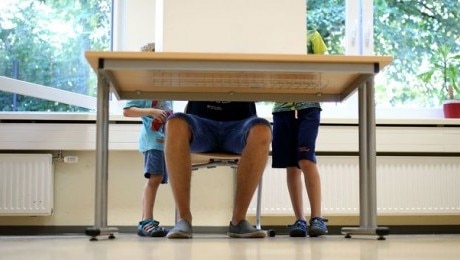










Add New Comment
To encourage thoughtful and respectful conversations, first and last names will appear with each submission to CBC/Radio-Canada's online communities (except in children and youth-oriented communities). Pseudonyms will no longer be permitted.
By submitting a comment, you accept that CBC has the right to reproduce and publish that comment in whole or in part, in any manner CBC chooses. Please note that CBC does not endorse the opinions expressed in comments. Comments on this story are moderated according to our Submission Guidelines. Comments are welcome while open. We reserve the right to close comments at any time.
Submission Policy
Note: The CBC does not necessarily endorse any of the views posted. By submitting your comments, you acknowledge that CBC has the right to reproduce, broadcast and publicize those comments or any part thereof in any manner whatsoever. Please note that comments are moderated and published according to our submission guidelines.